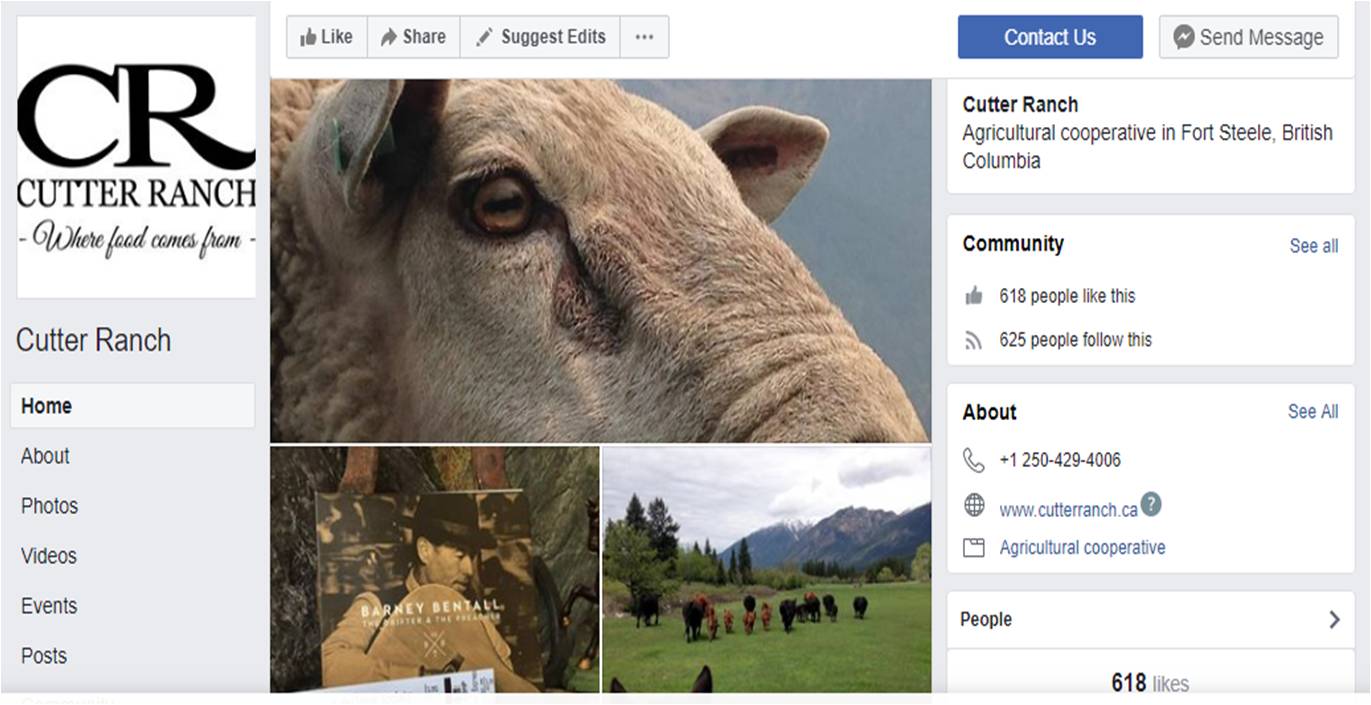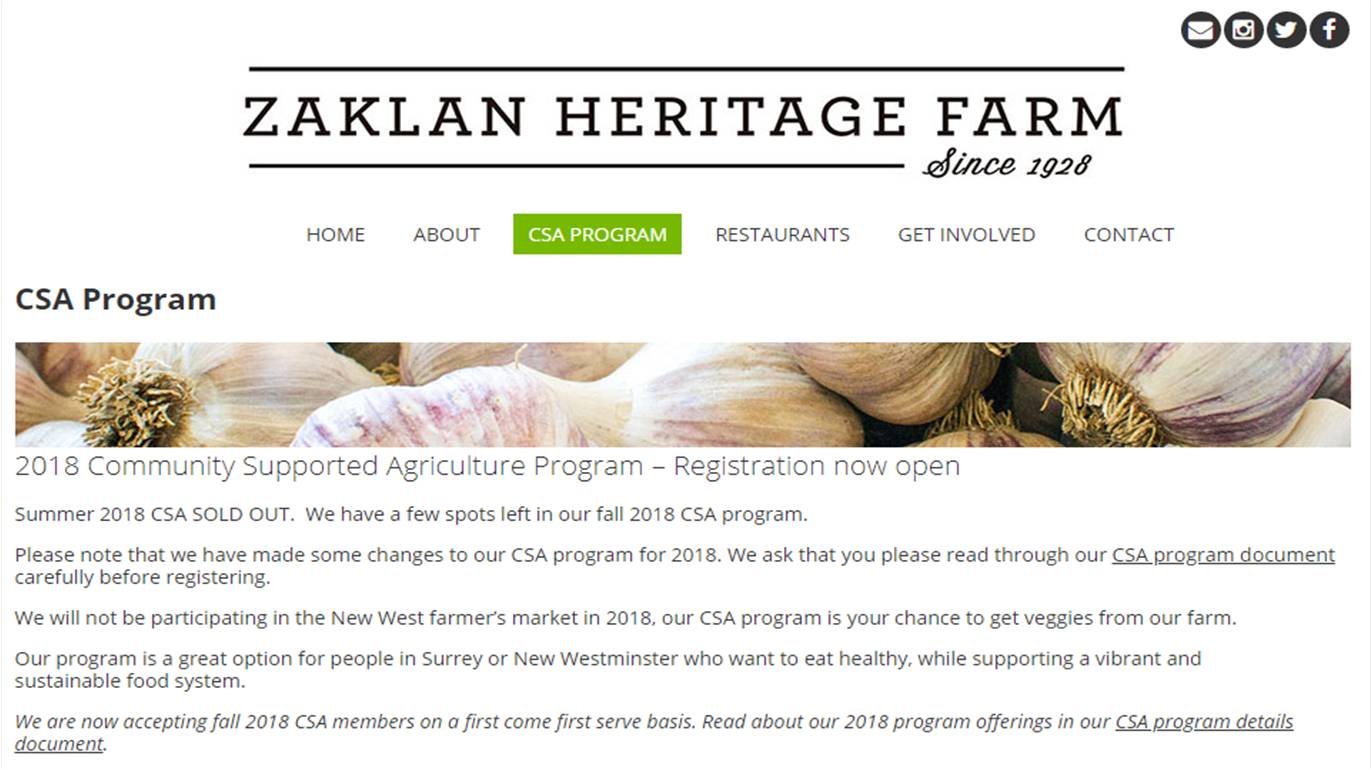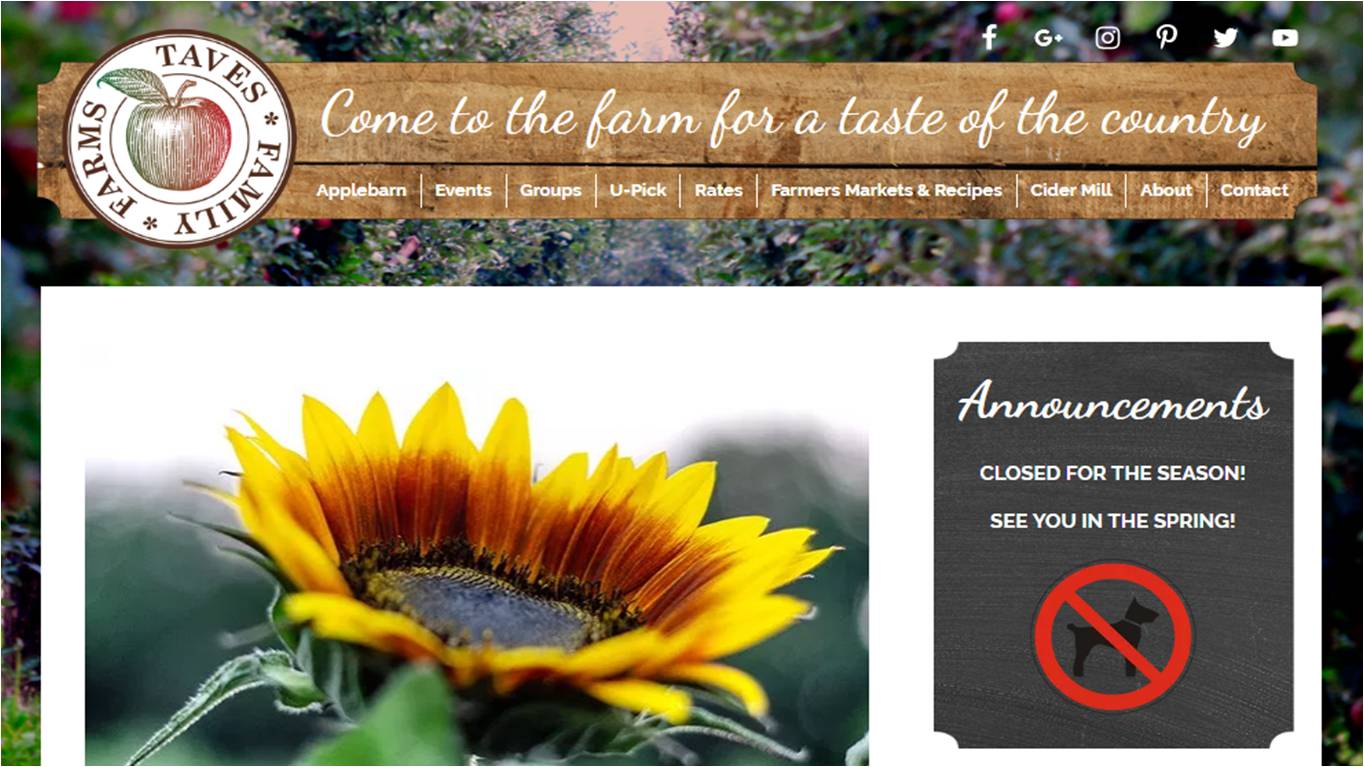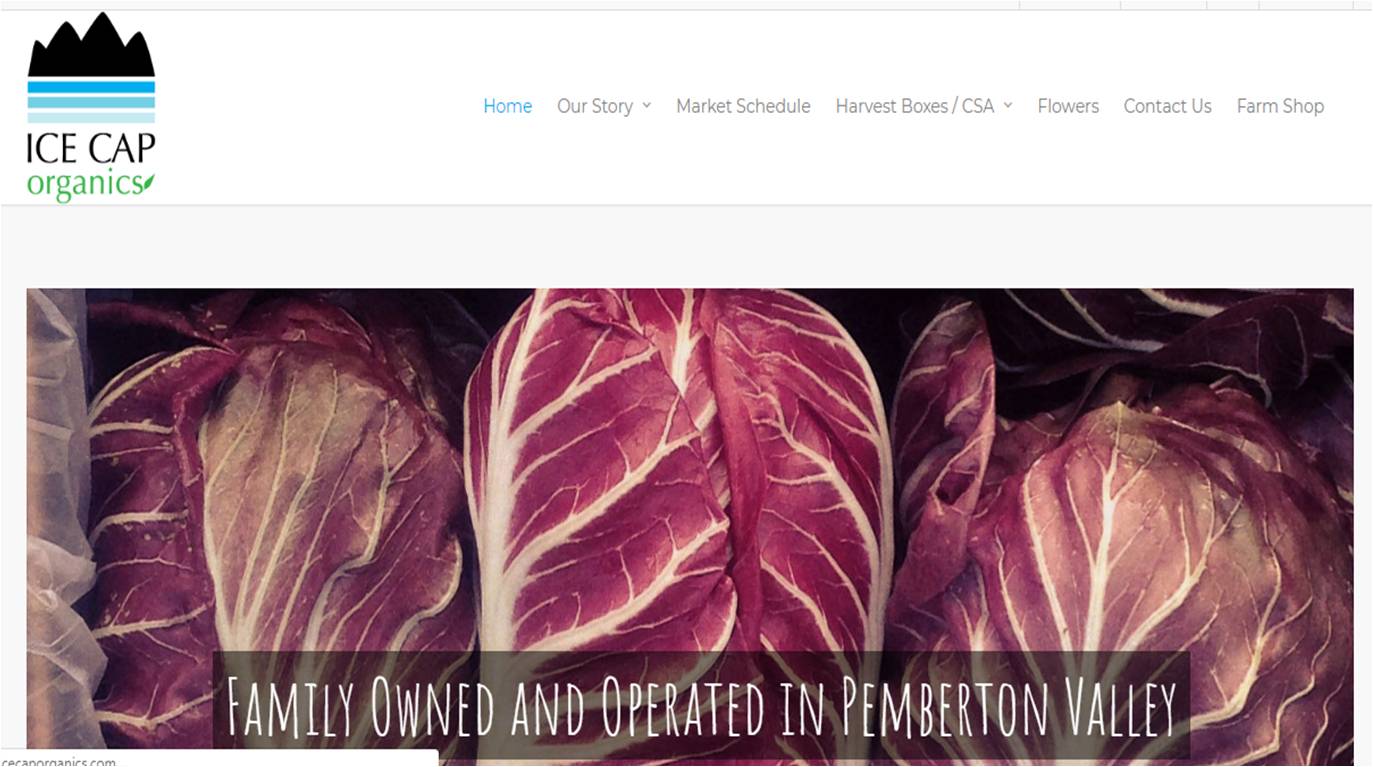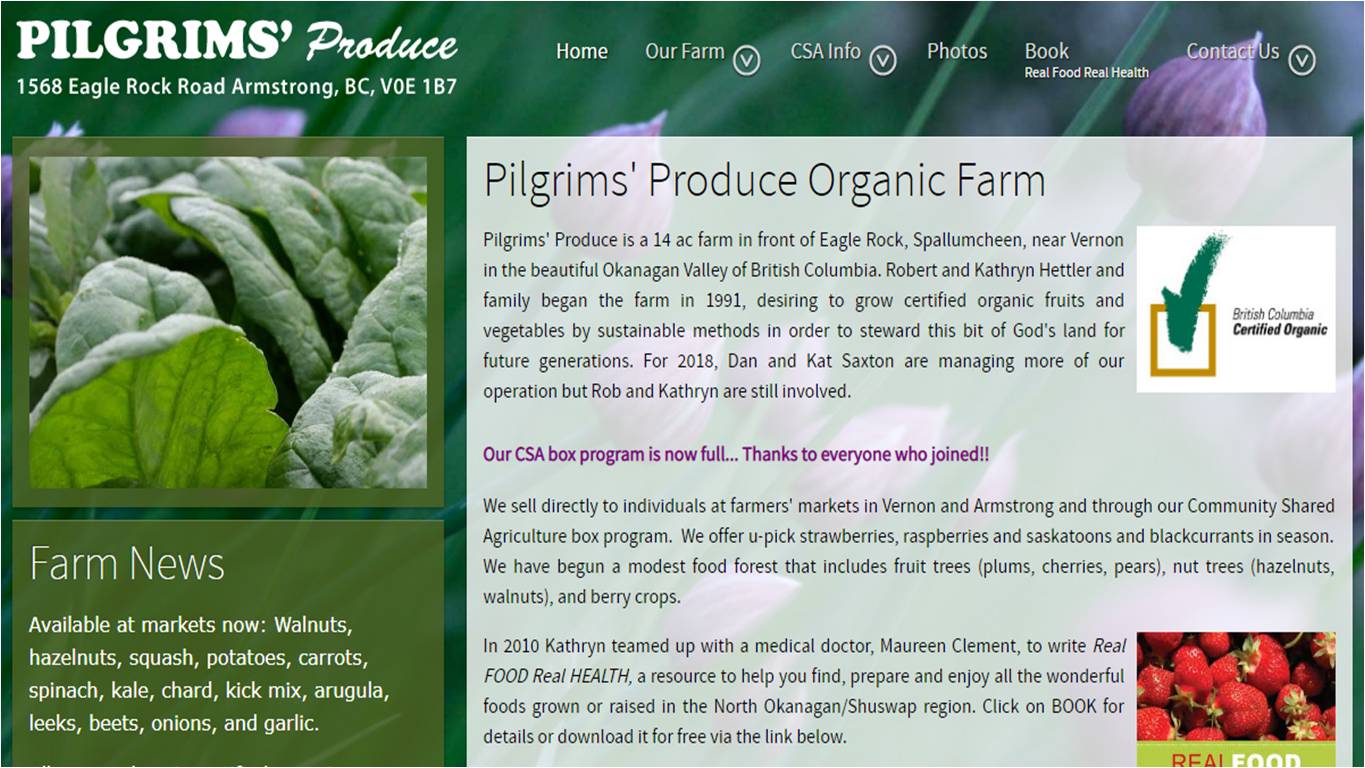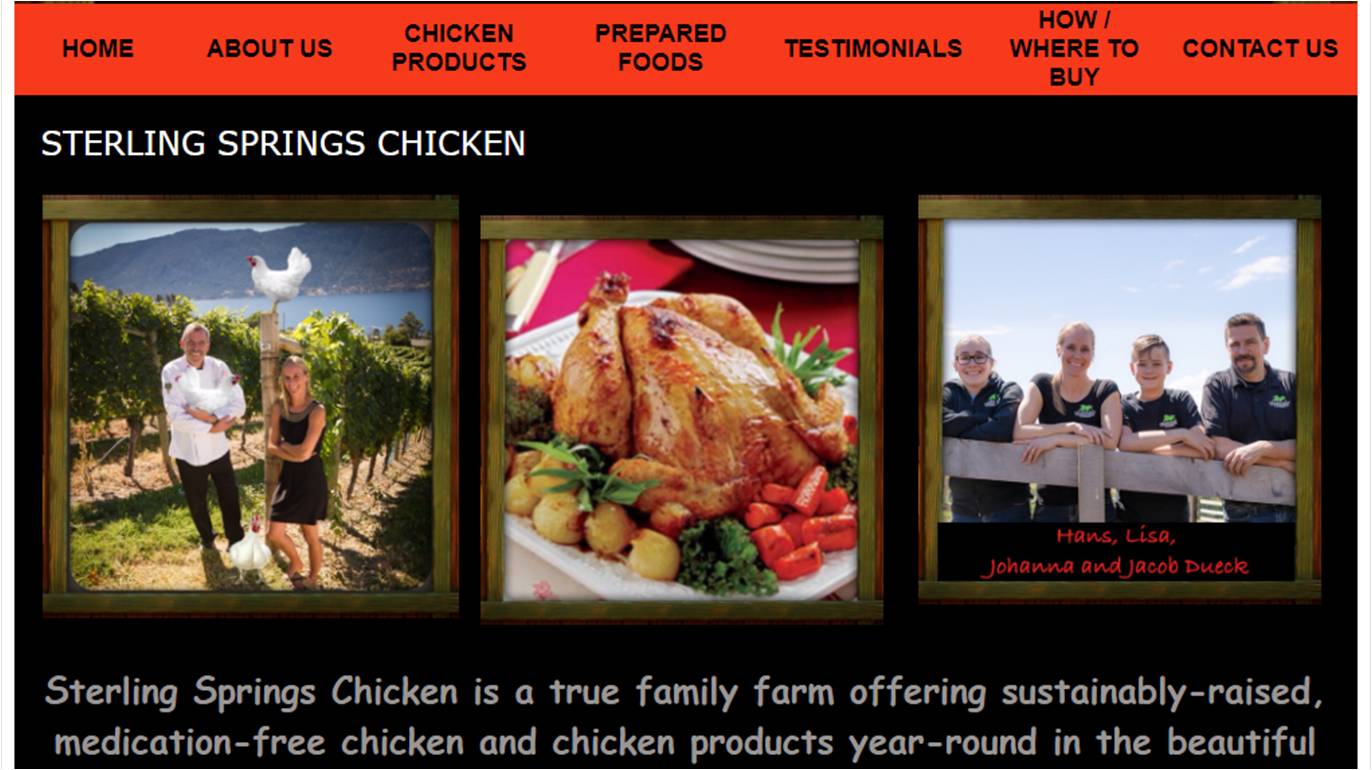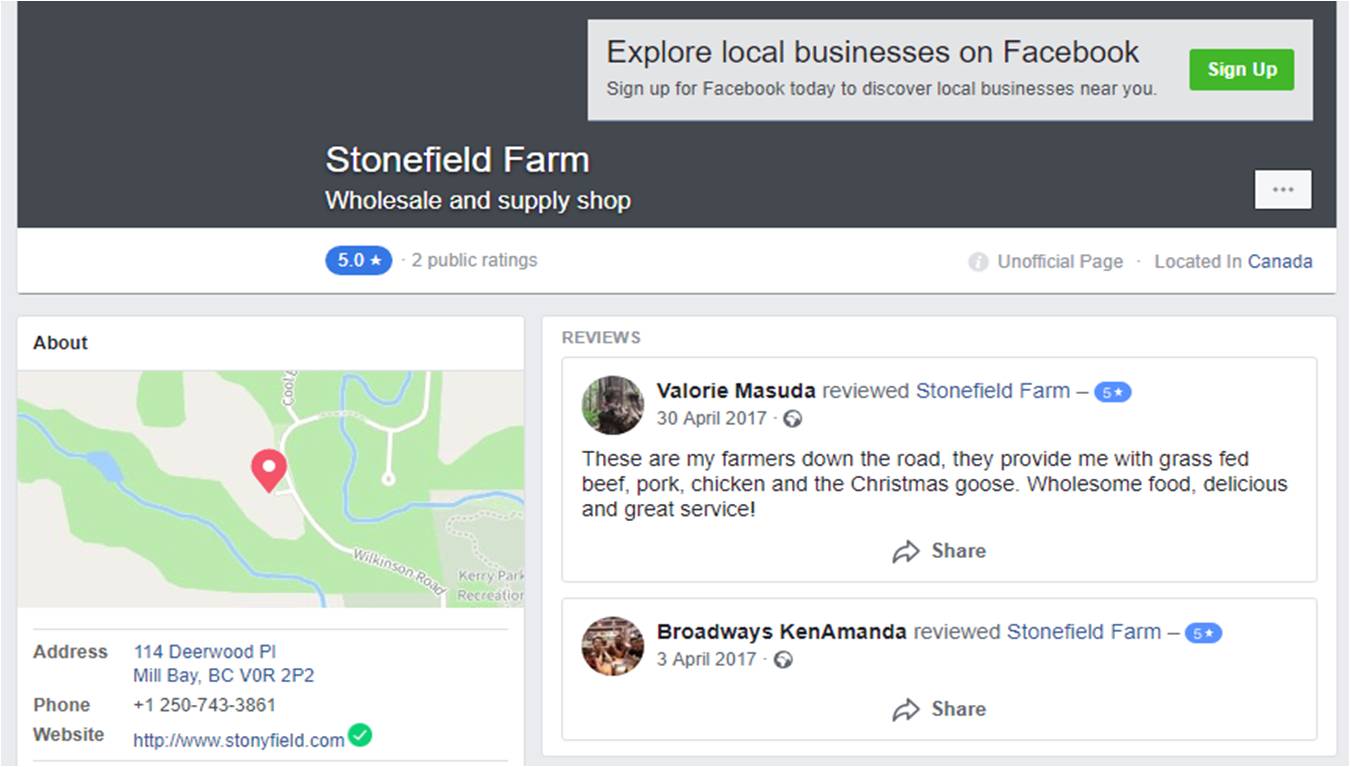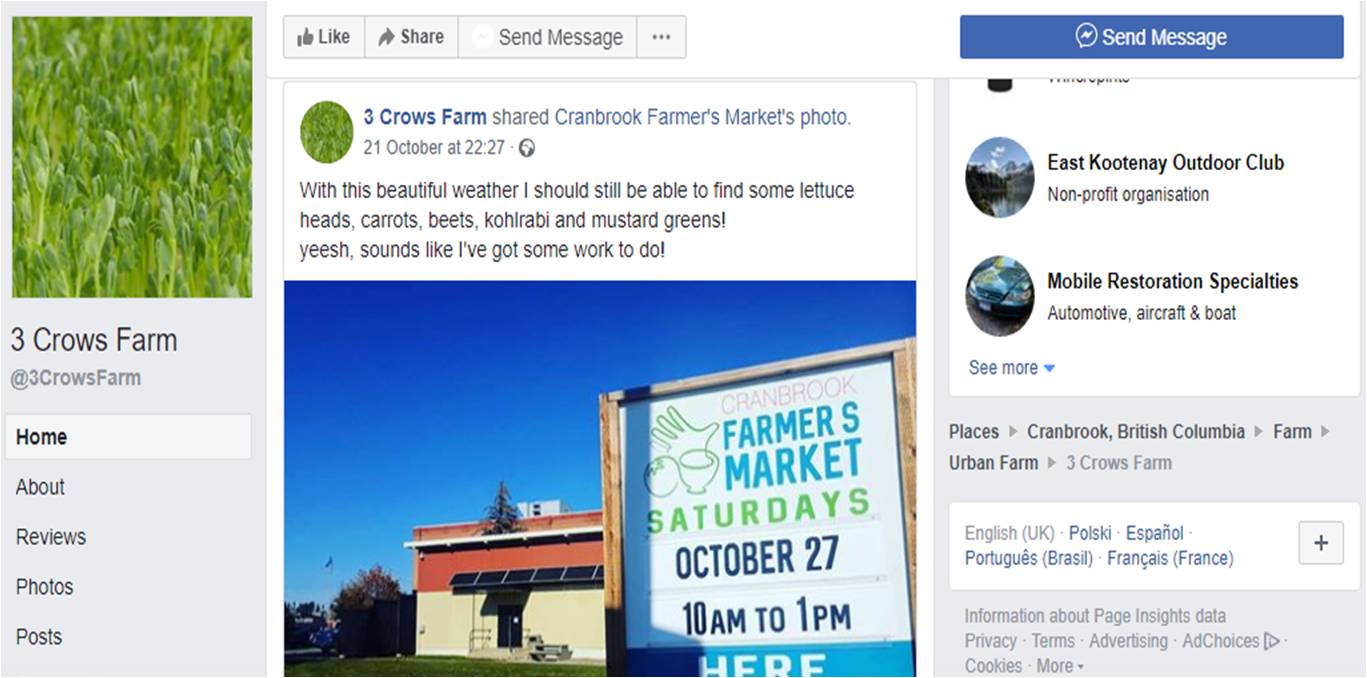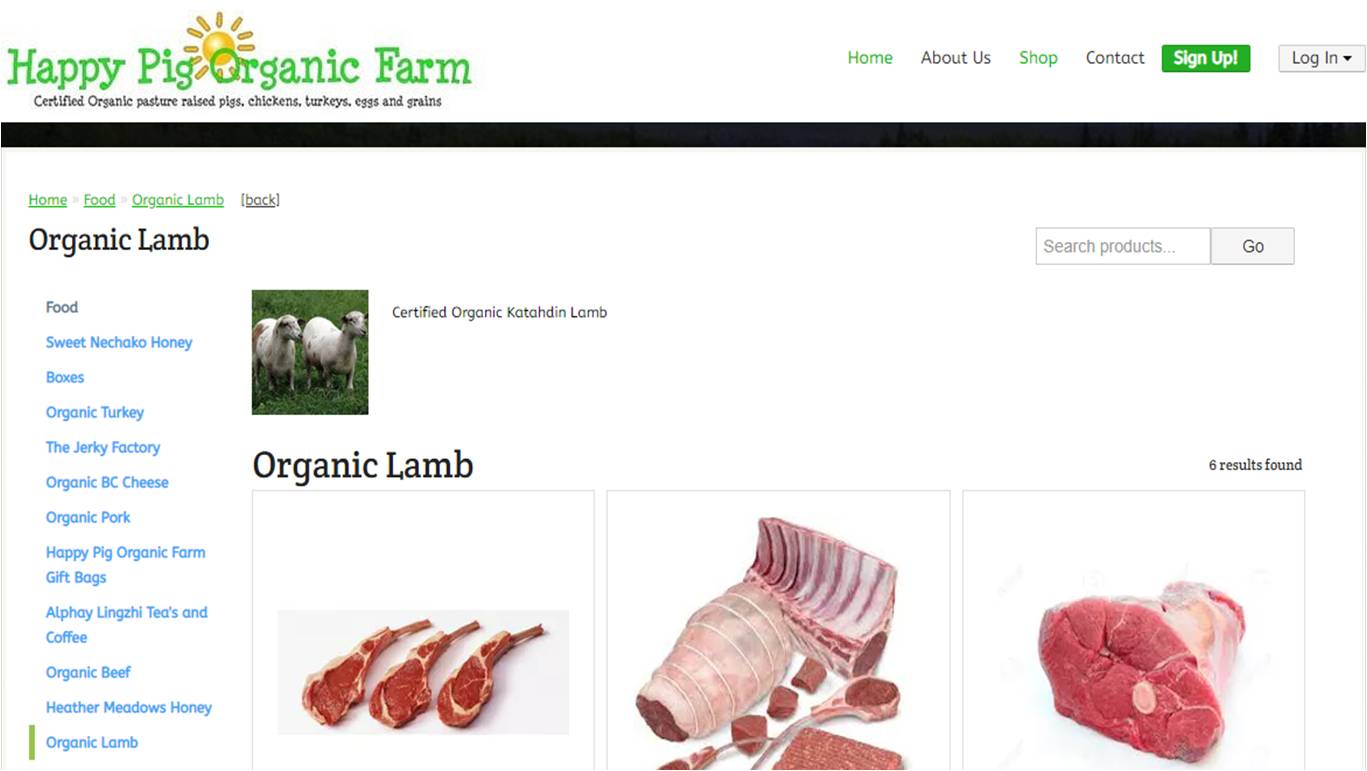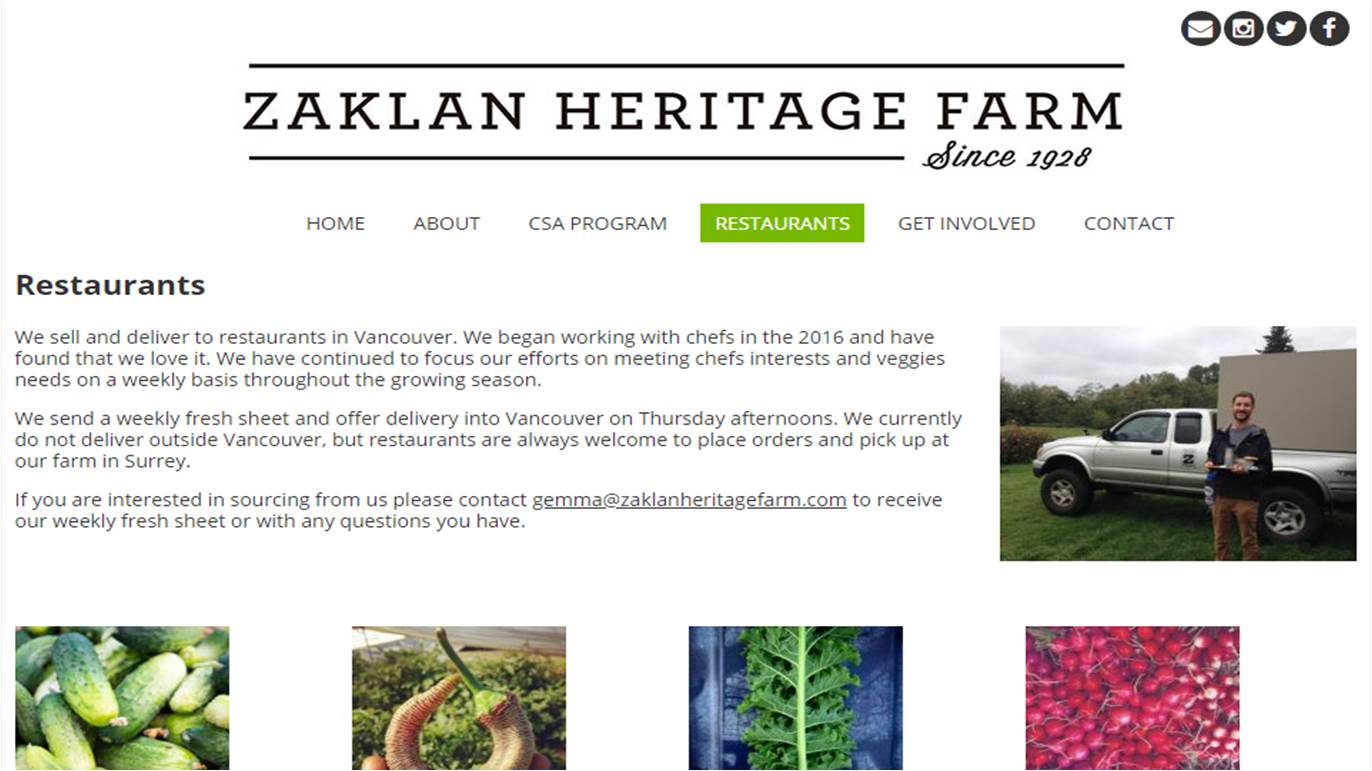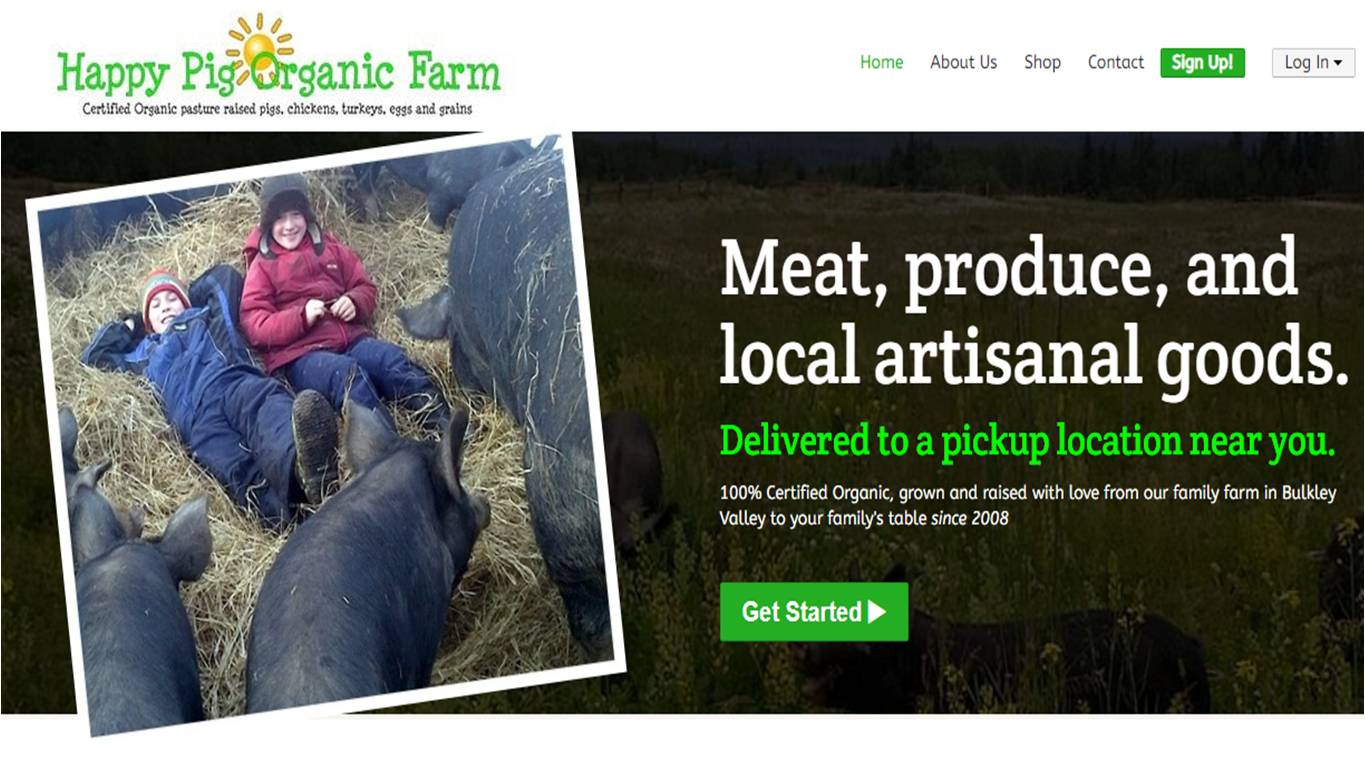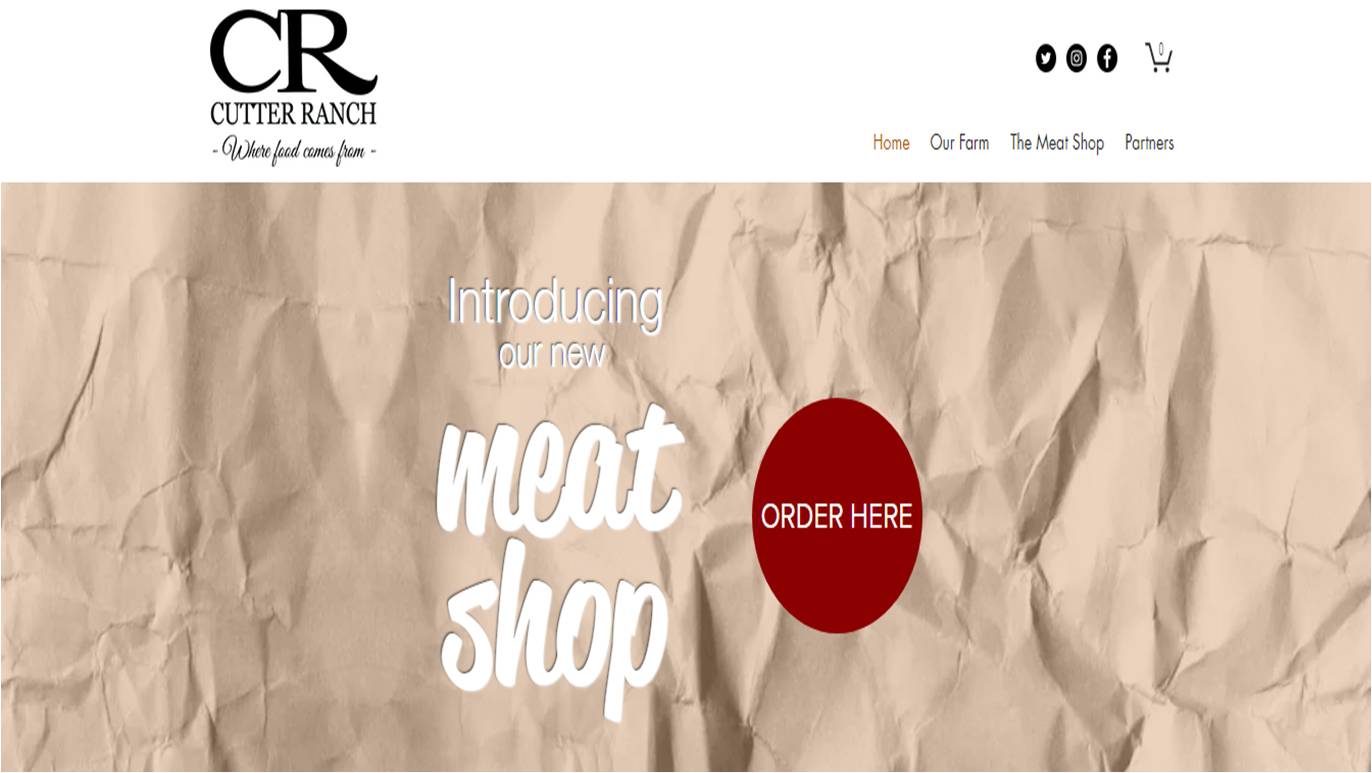What makes best selling produce sell?…And Why?
Find out within this discussion and get some pointers for improvement.
What makes the best selling produce in your local area so successful?
Often, just a few principal qualities.
There are often not many things which contribute to the majority of business successes out there.
More often than not, it comes down to a very reproducible and predictable formula.
The practical difference between success and failure, however, is usually to do with application.
In other words, how did you apply what you’ve seen work out there to ‘your’ situation?
This is where case studies are such useful academic tools for learning how to overcome those initial bouts of inertia at the start of a creative business project.
The overcoming of ‘entrepreneur’s block’…so to speak.
Whilst the title of entrepreneur might be too lofty a label for your more humble agribusiness, let’s not assume that you couldn’t benefit from taking a leaf.
What are the key factors of success for small business startups and their products?
If you ask this guest writer from Entrepreneur.com, it seems there are 10 critical factors for start-up success:
- Your idea…
- does it genuinely serve it’s niche?
- Leadership…
- do you have the vision and drive at the top to accomplish your goal?
- Team…
- are the right people involved in getting your product to market?
- Working capital…
- do you have enough finance in reserve to fund the growth?
- The plan…
- do you know where you are going and why?
- Execution…
- have you planned your exact footsteps along the way?
- Timing…
- is the delivery of this plan going to coincide with optimal opportunity?
- Crisis response…
- how adept will you be at riding the troughs as well as the peaks?
- Marketing…
- how will you get your produce into the right hands, for the right profit?
- Growth…
- how will you ensure inflation doesn’t outstrip you?
…Jayson DeMers, Founder and CEO, AudienceBloom via Entrepreneur.com
That being said, what about something more down to earth – more meat and potatoes, for want of a better phrase?
We’re glad you asked!
Commonly Reported Characteristics Of Best Selling Produce At Markets
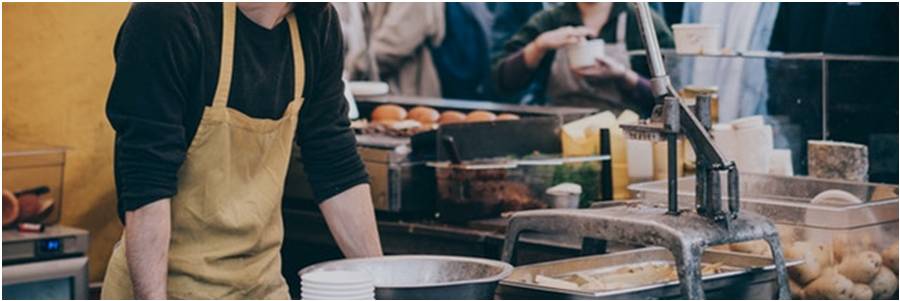
Without digging too deeply…
…there are scores of articles on the internet written by ‘those in the know’, which point you in the right direction for selling better at your local market.
We’ve provided a quick summary of the choicest tips in this list below:
- Price – did you know odd pricing works best? – in other words, pricing with 2 decimal places – with the final number ending in either ‘5’ or ‘9’ tends to work as a copycat of popular retail outlets. Try it out!
- Value added – did you know many of your customers are looking for something ready to eat? Take your raw produce and augment it by processing, in one way or another & present a table-ready derivative. This follows trends of consumer time poverty and lack of cooking expertise.
- Display – how do you look out there? Present your produce and your stall in a way which draws in the crowd. Make the most of what you’ve got, without going over the top – using tried and tested techniques for standing out.
- Story – are you selling your farm enough? Or just the produce? Express your story to the customer and get them bought in on you and not just on your product. This gives them something to look forward to and embrace when doing business with you.
- Differ – why blend in, when you could stand out? Try growing niche varieties or a rarer quality of produce. Position yourself in a place which is generally under-served. This offers potential for greater profit, even at relatively lower levels of interest.
- Bundle – are you offering packaged value? Bundle your produce together and increase the value proposition with each potential sale. Show the customer value that they are simply not getting elsewhere – making their decision much easier. It may be hard work to get started, but it is likely to pay off massively in the long run.
- Season extension – are you finishing too early? Processing your produce and storing a derived product for an out of season feature, so to speak, is one way of outlasting the others. This method of growing your sales grants longevity of season where otherwise it would be curtailed naturally by lacking availability.
- Inbound – are you calling your market crowd to action? begin harvesting your customers’ email addresses and mobile phone numbers in order to distribute well timed and relevant mailshots leading up to their next market visit. This prepares them with availability notice and beneficial offers in advance – encouraging optimal spend from them and maximum ROI for you in attendance.
- Samples – an old favourite, which still works…why fix it?! Dish ’em out.
Want some evidence of this advice working in real life?
Sometimes secondary market research can come across as awfully theoretical.
“We want something practical to take home with us“…we hear you say!
Meet the best selling produce vendors from British Columbia Farmers’ Market
Here are a handful of encouraging soundbites to chew on as you sample this sumptuous tray of vendor advice.
This insightful guide was written by the British Columbia Farmers’ Market.
Its title… “Successful farmers’ market farmers in British Columbia.”
Its content highlights ready actionable tips for succeeding as a best seller at your local farmers’ market.
Meet the vendors…
Vendor Example #1 – Book regular attendance = repeat business
“When we started selling at farmers’ markets, that is when the floodgates really opened,” says Tyler. “We now had a direct point of contact with customers and were able to get the exposure and confidence we needed to consider approaching other markets.” – Cutter Ranch
After trying the direct selling route, these farmers joined the local farmers’ market in order to round up a customer-base of repeat sales.
Farmers’ markets are a great growth hack opportunity for your farm business.
Tapping into their flow can quickly get you off the ground.
But, it’s all about consistency to convert 1st time buyers into regulars.
Vendor Example #2 – Your brand story sells
“We are young farmers, growing on family land, and doing something unique in the suburbs… So that’s the story we tell,” says Gemma. – Zaklan Heritage Farm
The local community really love to champion its local producers.
Don’t underestimate the ‘draw’ your story will have with it’s readers.
As the old adage in sales goes…”people buy from people.”
Put your people before your product – and get the relationship started on the right basis.
Play to strengths.
You are unique.
Vendor Example #3 – Open day invitation to develop brand advocates
” The Apple Barn is open from August to October and offers visitors an opportunity to experience agriculture in the Fraser Valley. Visitors can buy pumpkins, apples, apple cider, and other processed products through the farm store, participate in children’s activities, and take hay wagon rides around the farm property. ” – Taves Family Farm
Utilise your prime market exposure for plugging an invitation to visit you on-site at the farm.
Leave the door open to show your market crowd a next level of rural hospitality.
Open your doors and make your customers feel right at home.
There’s nothing quite like seeing where produce is grown, tended to and harvested.
Getting familiar with your staff, sounds, scenes and sights at the ranch will do a great job of revealing to your market audience the secret to your success.
Vendor Example #4 – Develop employment opportunities
“We want to have staff who are dedicated and who fit in well,” says Delaney. “We also want to be able to pay people a good wage so we are finding strategies that allow us to do that.” – Ice Cap Organics
The local community supports producers.
But are producers supporting the local community?
Decent employment opportunities in rural areas are rare.
Getting a like-minded employer who sees beyond the immediacy of filling a gap and wants to invest in future excellence can be hard for even the best candidates.
Give back and it will benefit your business positively.
Vendor Example #5 – Make strategic & direct investments
“We were coming to the farmers’ market with carrots and beets before any other farmer in the Valley, says Robert. “People really like to see that, especially early in the spring, so this gives us a marketing edge.” – Pilgrims Produce
The right strategic investments can offer great advantage in the hustle and bustle of market day.
Taking this example, timing makes all the difference.
Ever heard the phrase, “…the early bird catches the worm?”
Get on the front foot with organisation and allow your business to earn a reputation for being forward.
Vendor Example #6 – Develop relationships with vertical participants
“We have some of the best chefs in the country in our backyard,” explains Lisa. “We are developing relationships and learning about the sector and in turn we are teaching them about the production side.” – Sterling Springs Chicken
Get connected to people within your vertical marketplace.
Your produce is one aspect of value offered, but your expertise is another thing altogether.
Being fruitful in the work of sharing what you know with users of all kinds – both businesses and consumers – naturally draws an audience to your stall.
Nurture this interest with consistent attendance at your local farmers’ market.
Vendor Example #7 – Display photos & brand collateral
“We are always happy to talk to people about what we do on the farm,” says Pat. “People come to the farmers’ market because they want to be able to ask those questions directly to the farmer, and that is part of the job that we really love.” – Stonefield Farm
Photographs at the point of sale are an impactful method of allowing people to get close to your brand.
The farm in this example clearly have found photos a useful method of eliciting questions and interest in their farm from customers at the stall.
This technique softly upgrades the retail relationship to carrying more substance and depth.
Vendor Example #8 – Diversify your produce
“We were a little nervous to start selling to restaurants because we weren’t sure if we could support the consistent demand of that market,” says Michael. “So we started with microgreens and a few other things we know we could supply consistently and built from there.” – 3 Crows Farm
In order to appeal to new pockets of niche demand, diversify your product range.
Do your homework and prepare yourself to align with current needs of market segments, perhaps with specialist product lines.
Assess feasibility of ROI on paper, before making your investment.
Vendor Example #9 – Introduce specialist features to gain market share
“One example is purchasing a vehicle that they converted to a mobile food truck, which they take to farmers’ markets and music festivals all summer long. “Some people might say we aren’t getting the return that we should, [but] it’s a way to get our food out to people and to get exposure. And in the end make a bit of extra money, too,” explains Paul.” – Happy Pig Organic Farm
This farmers’ market vendor invested in mobile food truck as a means of gaining exposure for their meat range by processing the produce.
Festivals & outdoor events are hard work alongside farming.
But it’s a means of producers giving end users first hand experience of product – at consumption stage.
Food trucks offer great opportunity for branding and trial – why not print up your consumables (napkins, paper cups etc.) with your logo and motto to sow the scene?
Once seen in your region serving hot food out of a van at high profile events, you’ll earn loads in ROI from outdoor advertisement.
Vendor Example #10 – Community supported agriculture
“In the CSA model, consumers pay up front for produce delivered all season long. Early season capital can be invested into the farm to buy seed and build infrastructure, creating a solid production foundation for the farming season.” – Zaklan Heritage Farm
Piggybacking a community supported scheme (CSA) naturally would make your farmers’ market stall a hub of activity.
Sign over a portion of your future season’s yield in advance – by CSA – to free up your cashflow.
Your stockholders/subscribers also will facilitate brand advocacy in your local area.
Meanwhile, take the remainder of your produce to the market and gather some sign-ups for the next harvest.
Vendor Example #11 – Generate some demand
“Sheep are great to raise,” says Paul. “Unfortunately, there is not that much demand for lamb up here. People want chicken and beef because they know how to prepare those things. If we wanted to sell more lamb that would mean also educating people about a new product.” – Happy Pig Organic Farm
Is your product a crowd favourite?
If not, why not generate some demand?
Get thoughtful about how you communicate the benefits of your produce to your chosen audiences.
Make it easy for them to make their purchase decision.
Back up your presentation with point of sale collateral, combined with timely mailshots by email to encourage use.
Vendor Example #12 – Bulk package
“…sell their products in bulk, offering a box of mixed cuts that is affordable and could fit easily in the average freezer. With this strategy, Tyler and Sacha benefit by being able to sell more product per order, making the most of marketing and delivery resources. “We have an idea of what mix of cuts people are looking for and about how long it takes for our customers to go through one of our freezer boxes,” explains Tyler.” – Cutter Ranch
Bulk produce sales tap into a whole new customer dynamic.
Bulk sales bring larger revenue per sale from consumers, albeit with a decreased frequency of sale (…because a bulk purchase should last longer).
Having said that though, with a bulk purchase, the value on offer is often much more beneficial.
This would lead to greater loyalty & repeat custom.
To up your transactions, simply grow your customer base.
The round-up…
When you think about mimicking the best selling produce at your farmers market – there are many routes for improvement.
Not all of them are the obvious marketing ploys either.
Some are more investment intensive…
Whilst others involve tweaking your marketing mix to augment your value proposal.
Adopting new products or innovating to reach new niches are also ways of increasing exposure.
Whatever you do, it’s worth remembering that your farmers’ market is just one single cog in your whole marketing machine.
Respect it and use it for what it’s worth…perhaps your strategy will favour it?…
Perhaps not?…
Either way, farmers’ markets have their own distinct benefits which arguably make them both a traditional and contemporary go-to.
Do you have any experience of being a local best seller of produce at a farmers’ market?
Leave a comment below.
Do you want further information about how you might improve your farmers’ market success?
Feel free to get in touch.

